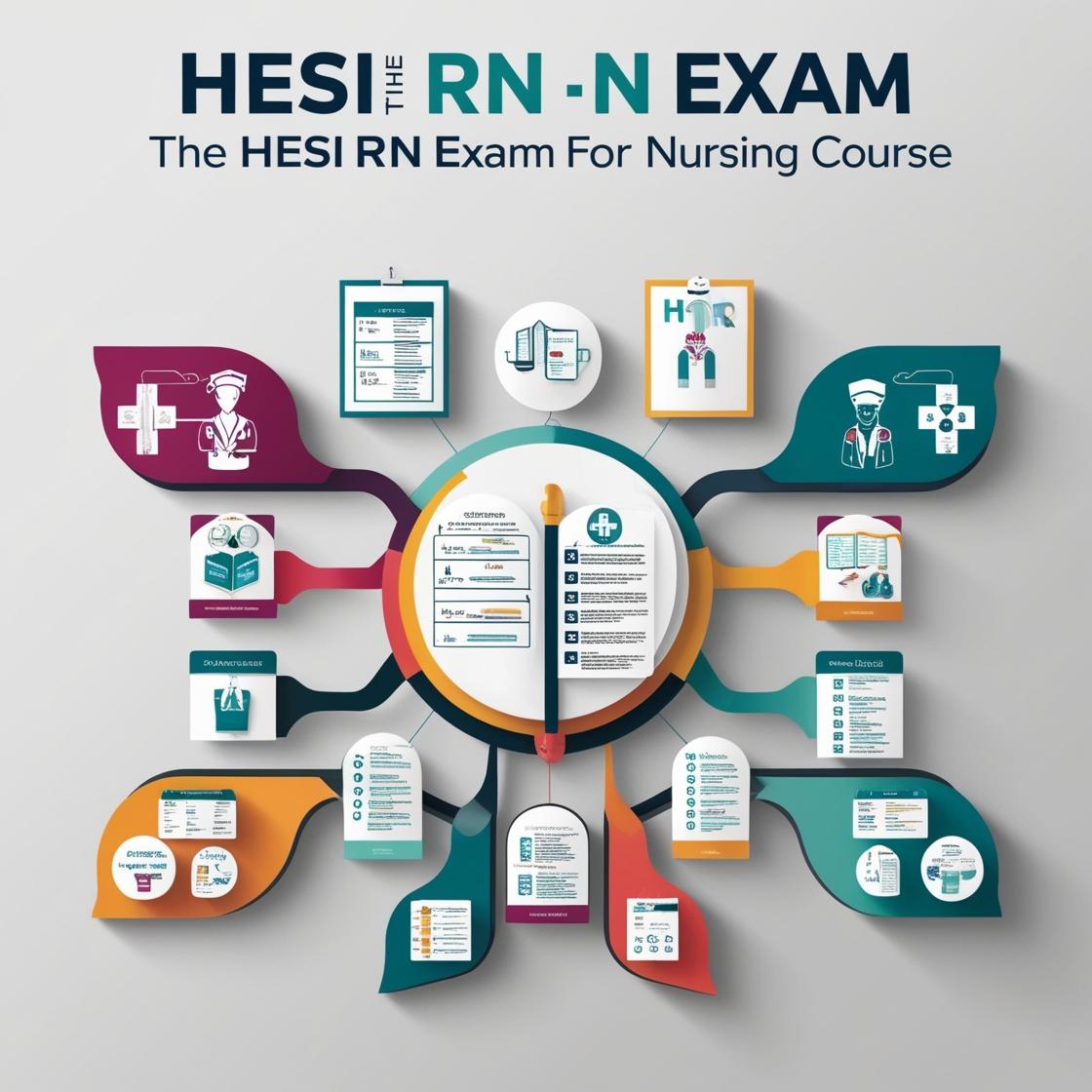HESI RN
HESI Pediatric Practice Exam
1. The caregiver discovers a 6-month-old infant unresponsive and calls for help. After opening the airway and finding the infant is still not breathing, what action should the caregiver take?
- A. Palpate femoral pulse and check for regularity.
- B. Deliver cycles of 30 chest compressions and 2 breaths.
- C. Give two breaths that make the chest rise.
- D. Feel the carotid pulse and check for adequate breathing.
Correct answer: C
Rationale: Providing two breaths that make the chest rise is the correct action in this situation. This helps to deliver oxygen to the infant's lungs and body, which is crucial in a situation where the infant is not breathing. Chest rise indicates successful ventilation, and it is an essential step in pediatric resuscitation, especially for infants. Choices A, B, and D are incorrect because palpating the femoral pulse, delivering chest compressions, and feeling the carotid pulse are not the initial actions to take when an infant is not breathing. The priority is to provide effective breaths to establish ventilation.
2. A 7-year-old child with a history of asthma presents to the clinic with shortness of breath and wheezing. The nurse notes that the child’s peak flow reading is in the red zone. What should the nurse do first?
- A. Administer a bronchodilator
- B. Reassess the peak flow reading
- C. Notify the healthcare provider
- D. Provide oxygen therapy
Correct answer: A
Rationale: When a child with asthma presents with shortness of breath and wheezing, and the peak flow reading is in the red zone, indicating severe airflow limitation, the priority intervention is to administer a bronchodilator. Bronchodilators help dilate the airways quickly, improving airflow and assisting with breathing. Reassessing the peak flow reading is important but not the first action to take in a severe asthma exacerbation. Notifying the healthcare provider can be done after initiating immediate treatment with a bronchodilator. Providing oxygen therapy may be needed in some cases, but addressing the airway constriction with a bronchodilator should come first to improve ventilation.
3. What instructions should the nurse provide to the parents about the treatment of head lice in a 3-year-old boy who has been confirmed to have head lice?
- A. Wash the child's bed linens and clothing in hot soapy water.
- B. Dispose of the child's brushes, combs, and other hair accessories.
- C. Rewash the child's hair following a 24-hour isolation period.
- D. Take the child to a hair salon for a shampoo and shorter haircut.
Correct answer: A
Rationale: The correct instruction for the nurse to provide to the parents is to wash the child's bed linens and clothing in hot soapy water. This is essential to eliminate head lice as they can survive on bedding and clothing. It is also important to wash any other items that the child may have used or come into contact with, such as brushes and combs, to prevent reinfestation. Rewashing the child's hair following an isolation period is not necessary, and taking the child to a hair salon for a shampoo and shorter haircut is not a recommended treatment for head lice.
4. When reinforcing information about the use of corticosteroids in treating asthma in children, which statement indicates that the parent understands the teaching?
- A. My child should take the medication only when experiencing symptoms.
- B. I will rinse my child's mouth after each use of the inhaler.
- C. I should discontinue the medication if my child seems better.
- D. Corticosteroids are used for quick relief during an asthma attack.
Correct answer: B
Rationale: Rinsing the mouth after using corticosteroid inhalers is crucial as it helps prevent oral thrush, a common side effect associated with these medications. This practice reduces the risk of developing fungal infections in the mouth and throat, maintaining optimal oral health during asthma treatment.
5. A 2-week-old female infant is hospitalized for the surgical repair of an umbilical hernia. After returning to the postoperative neonatal unit, her RR and HR have increased during the last hour. Which intervention should the nurse implement?
- A. Notify the healthcare provider of these findings
- B. Administer a PRN analgesic as prescribed
- C. Document the findings in the infant's medical record
- D. Comfort the infant by swaddling and gently rocking
Correct answer: A
Rationale: In a postoperative neonatal setting, an increase in respiratory rate (RR) and heart rate (HR) in an infant could indicate pain or distress. It is crucial for the nurse to notify the healthcare provider promptly to assess the infant's condition and provide appropriate interventions. Prompt communication with the healthcare provider ensures timely evaluation and management of the infant's discomfort or distress, promoting optimal postoperative recovery and comfort. Administering analgesics without healthcare provider assessment could mask underlying issues, documenting findings alone does not address the immediate need for intervention, and comforting may not resolve the underlying cause of increased RR and HR.
Similar Questions

Access More Features
HESI RN Basic
$89/ 30 days
- 50,000 Questions with answers
- All HESI courses Coverage
- 30 days access @ $89
HESI RN Premium
$149.99/ 90 days
- 50,000 Questions with answers
- All HESI courses Coverage
- 30 days access @ $149.99
